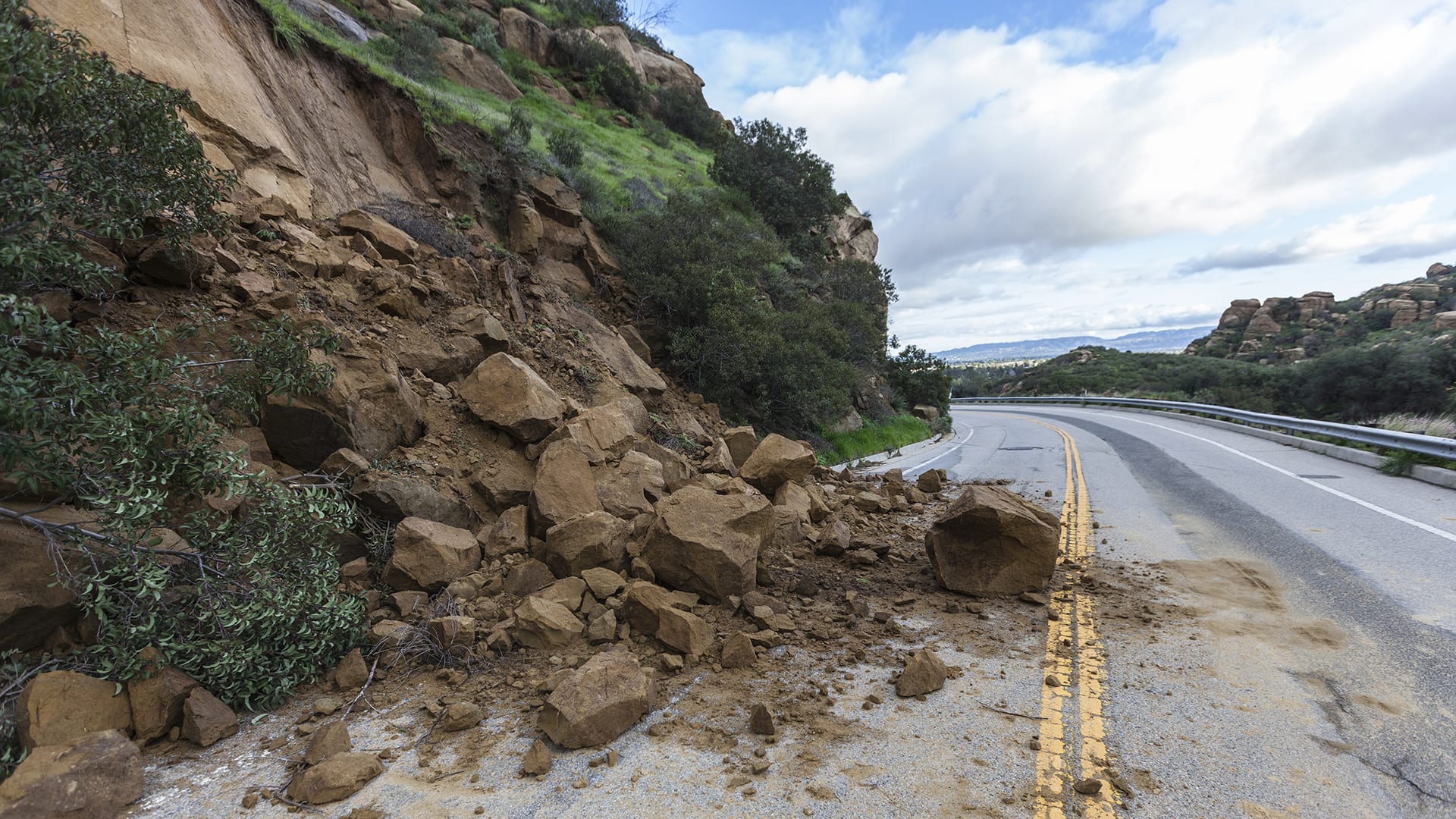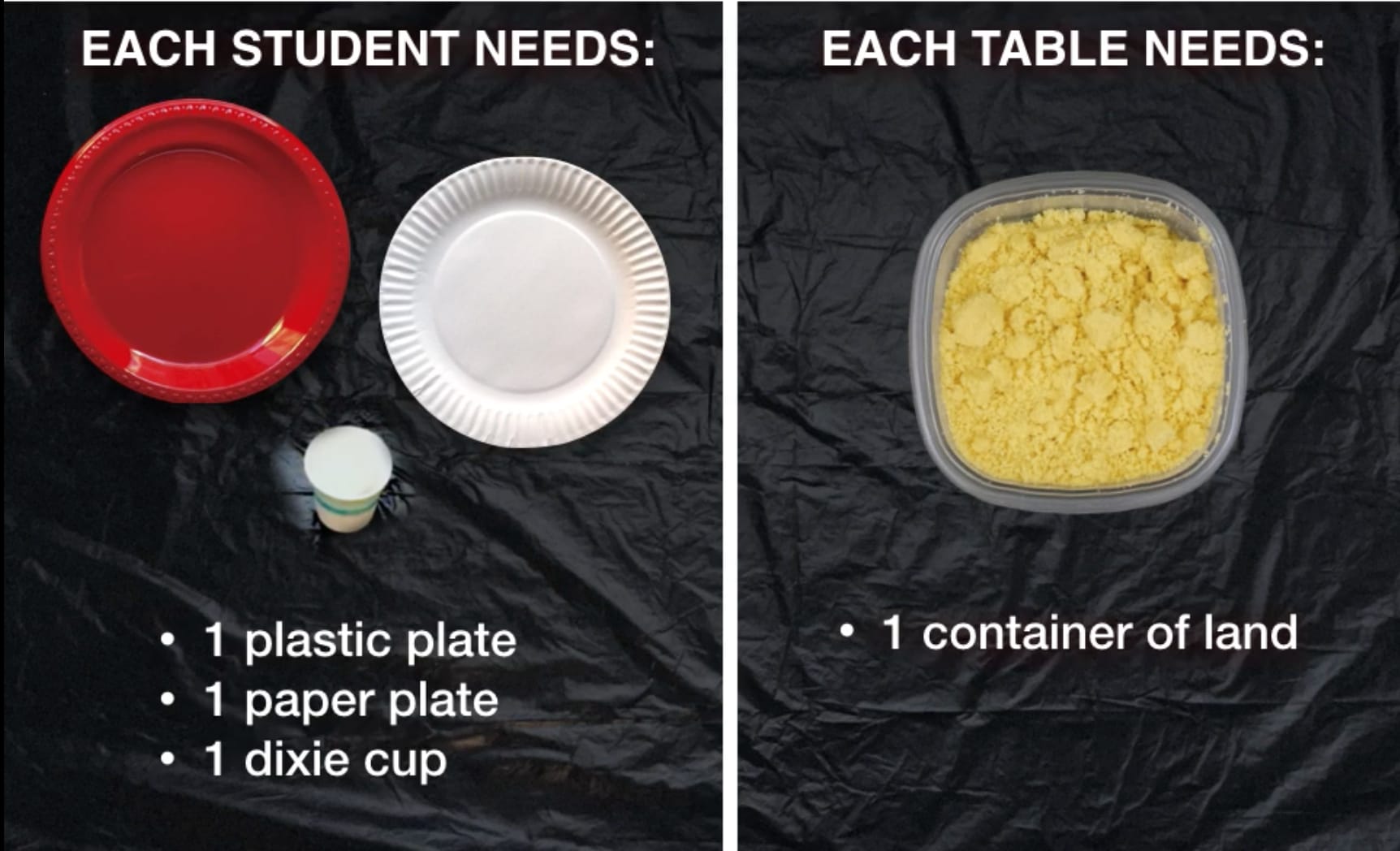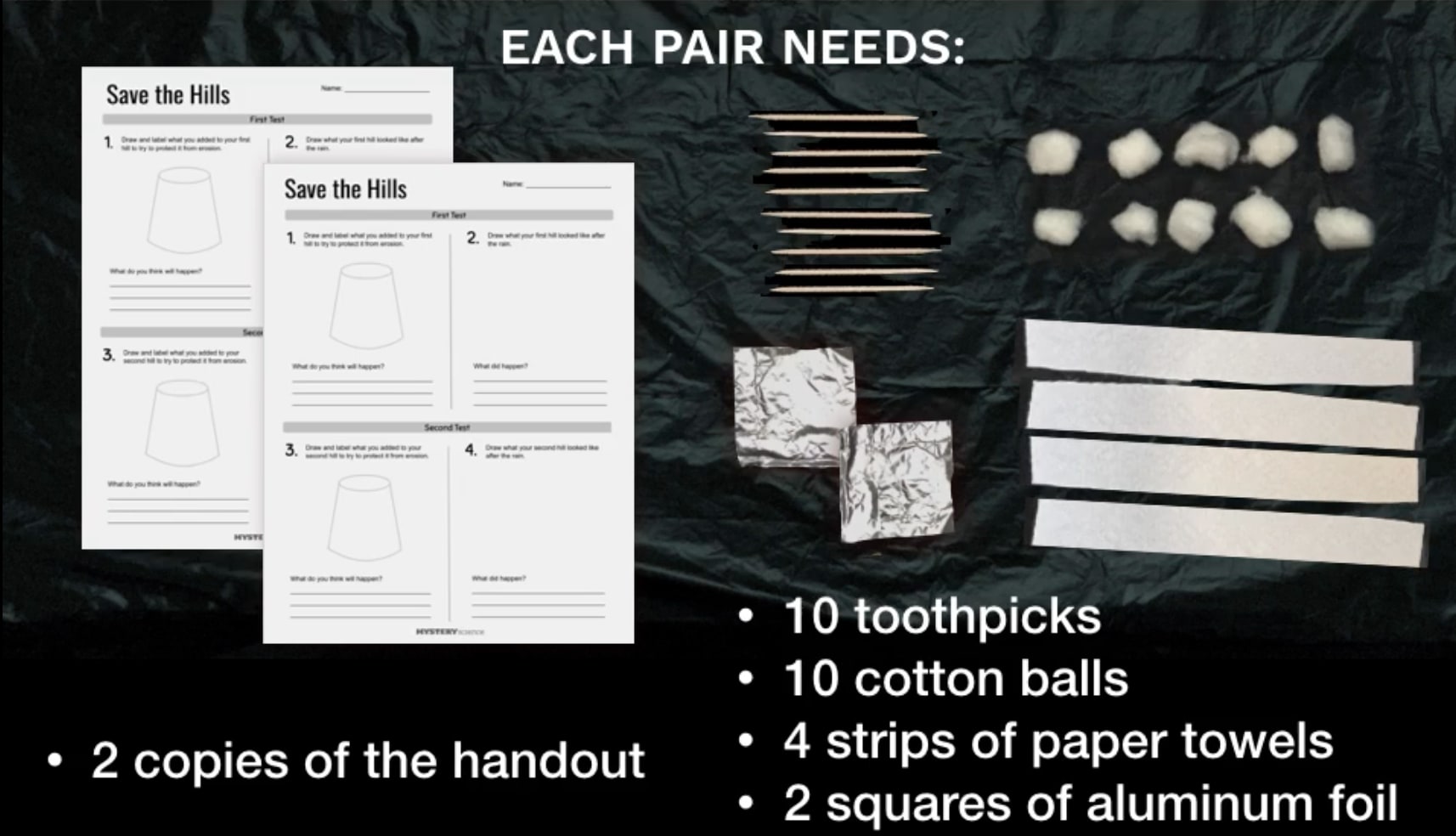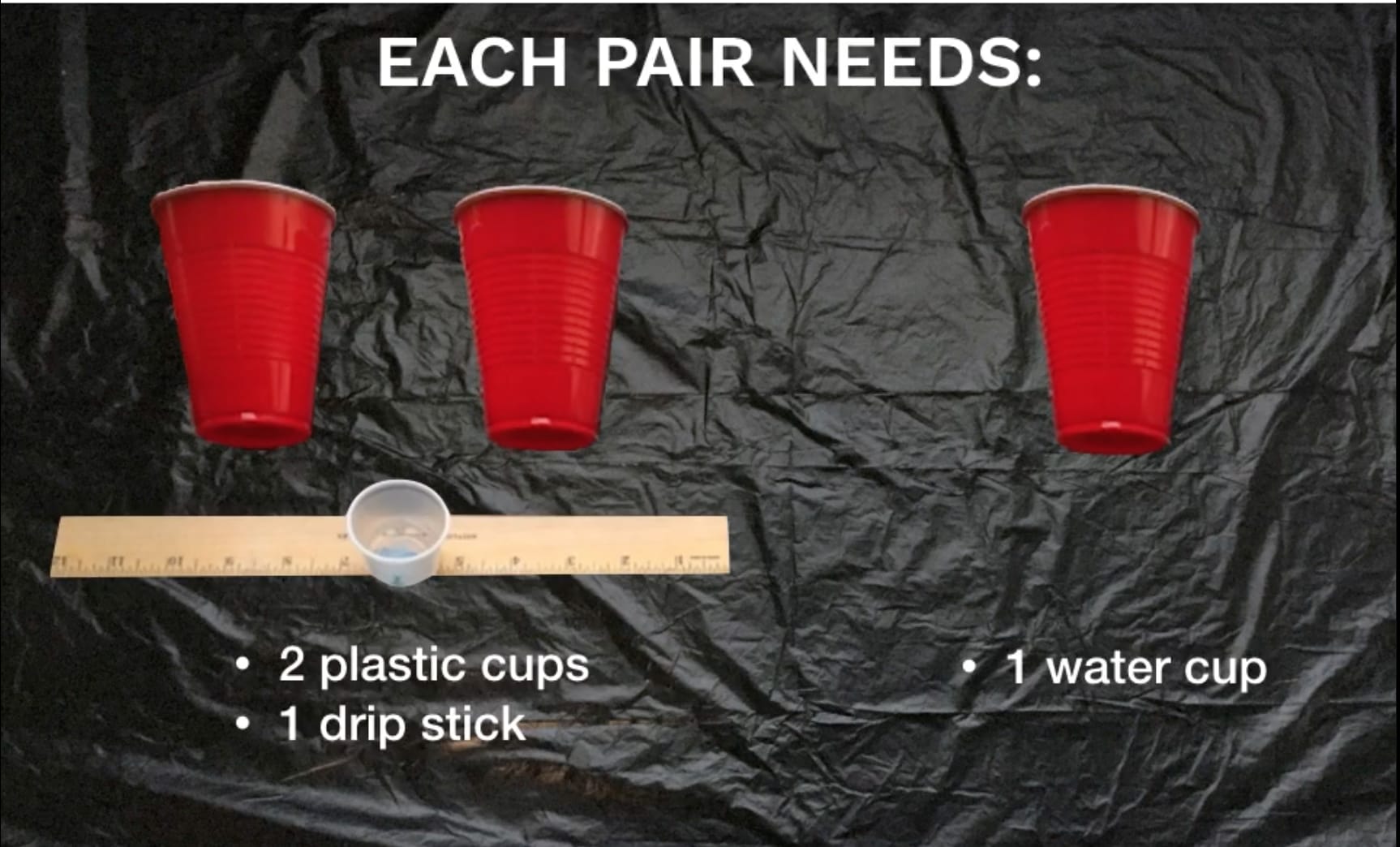Scroll for prep

Please wait…
This video is having trouble loading. You may have lost your Internet connection.
Step 1: Click to Reload this page
Step 2: Click to
Try our other video player
Step 3: contact support if trouble persists.
Or,
dismiss this message.
CONVERSEMOS: ¿Sabes qué sucedió? ¿Cómo se le dice a esto?
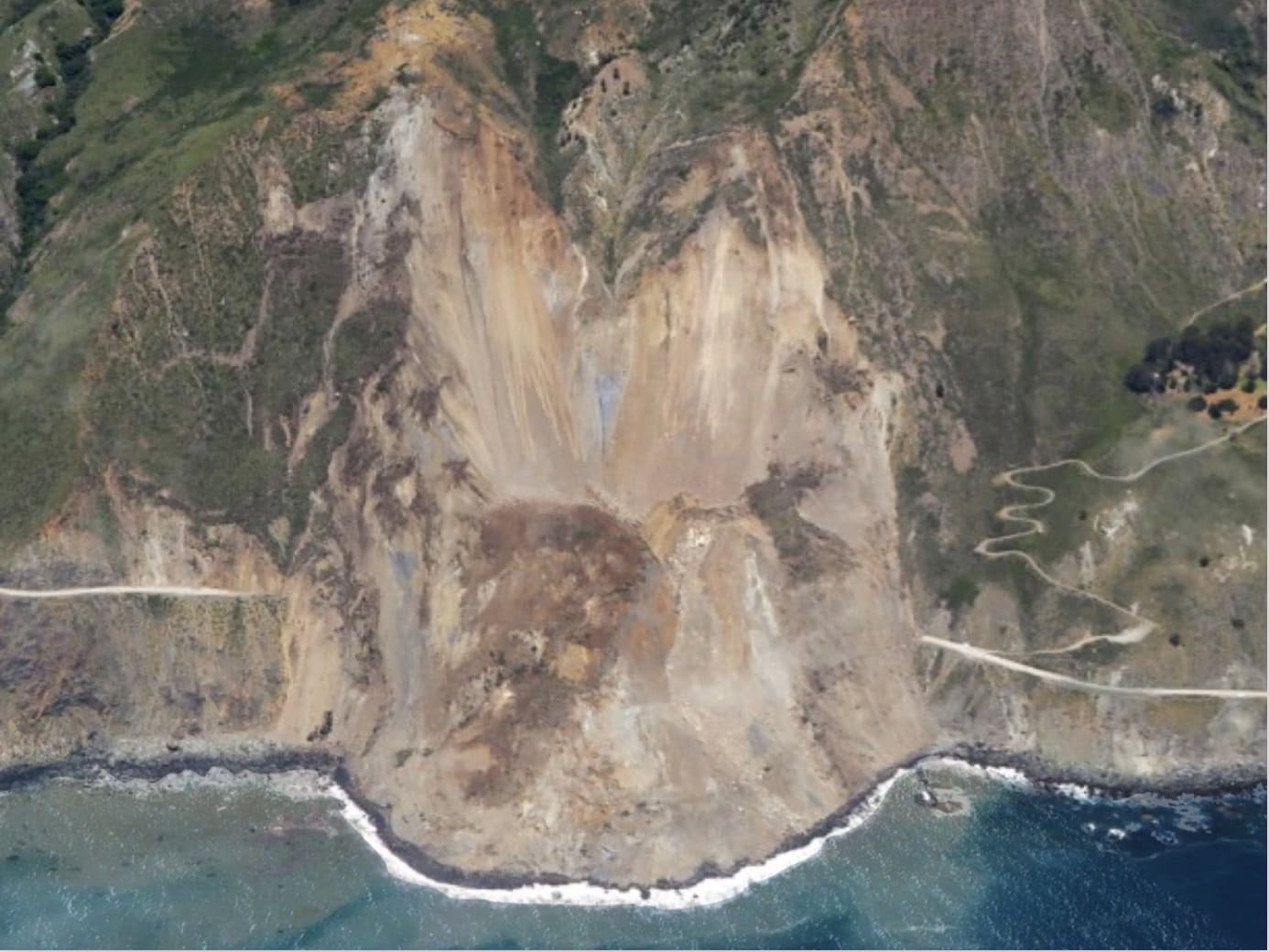

Please wait…
This video is having trouble loading. You may have lost your Internet connection.
Step 1: Click to Reload this page
Step 2: Click to
Try our other video player
Step 3: contact support if trouble persists.
Or,
dismiss this message.
CONVERSEMOS:
¿Por qué ocurren los derrumbes o deslizamientos de tierra?

Please wait…
This video is having trouble loading. You may have lost your Internet connection.
Step 1: Click to Reload this page
Step 2: Click to
Try our other video player
Step 3: contact support if trouble persists.
Or,
dismiss this message.
CONVERSEMOS:
¿Por qué crees que los deslizamientos de tierra ocurren con más frecuencia después de un incendio forestal?

Please wait…
This video is having trouble loading. You may have lost your Internet connection.
Step 1: Click to Reload this page
Step 2: Click to
Try our other video player
Step 3: contact support if trouble persists.
Or,
dismiss this message.
CONVERSEMOS:
¿Cómo podrías prevenir la erosión?
¿Acaso hay algo que podría funcionar como lo hacen las plantas para evitar que las colinas se derrumben?

Please wait…
This video is having trouble loading. You may have lost your Internet connection.
Step 1: Click to Reload this page
Step 2: Click to
Try our other video player
Step 3: contact support if trouble persists.
Or,
dismiss this message.

Please wait…
This video is having trouble loading. You may have lost your Internet connection.
Step 1: Click to Reload this page
Step 2: Click to
Try our other video player
Step 3: contact support if trouble persists.
Or,
dismiss this message.
Paso
01/16
01/16
Si estás en una clase, encuentra un compañero o compañera
con quien trabajar.
con quien trabajar.

Please wait…
This video is having trouble loading. You may have lost your Internet connection.
Step 1: Click to Reload this page
Step 2: Click to
Try our other video player
Step 3: contact support if trouble persists.
Or,
dismiss this message.
Paso
02/16
02/16
Cubre la mesa con un mantel o un periódico.

Please wait…
This video is having trouble loading. You may have lost your Internet connection.
Step 1: Click to Reload this page
Step 2: Click to
Try our other video player
Step 3: contact support if trouble persists.
Or,
dismiss this message.
Paso
03/16
03/16
Obtén estos materiales. Recibirás otros más adelante.

Please wait…
This video is having trouble loading. You may have lost your Internet connection.
Step 1: Click to Reload this page
Step 2: Click to
Try our other video player
Step 3: contact support if trouble persists.
Or,
dismiss this message.
Paso
04/16
04/16
Pon tu plato de papel sobre tu plato de plástico.

Please wait…
This video is having trouble loading. You may have lost your Internet connection.
Step 1: Click to Reload this page
Step 2: Click to
Try our other video player
Step 3: contact support if trouble persists.
Or,
dismiss this message.
Paso
05/16
05/16
Obtén tu harina de maíz. Cada uno de ustedes tiene que llenar
un vaso con harina y aplanarla.
un vaso con harina y aplanarla.

Please wait…
This video is having trouble loading. You may have lost your Internet connection.
Step 1: Click to Reload this page
Step 2: Click to
Try our other video player
Step 3: contact support if trouble persists.
Or,
dismiss this message.
Paso
06/16
06/16
Voltea cada vaso cerca de la orilla del plato de papel.
Pégale en la parte de abajo y luego levanta el vaso.
Pégale en la parte de abajo y luego levanta el vaso.

Please wait…
This video is having trouble loading. You may have lost your Internet connection.
Step 1: Click to Reload this page
Step 2: Click to
Try our other video player
Step 3: contact support if trouble persists.
Or,
dismiss this message.
Paso
07/16
07/16
Obtén estos materiales. Obtendrás agua más adelante.

Please wait…
This video is having trouble loading. You may have lost your Internet connection.
Step 1: Click to Reload this page
Step 2: Click to
Try our other video player
Step 3: contact support if trouble persists.
Or,
dismiss this message.
Paso
08/16
08/16
Mira lo que le pasa a una colina sin protección contra la erosión
cuando llueve. Después plática con tu compañero o compañera
sobre ideas para evitar que esto ocurra.
cuando llueve. Después plática con tu compañero o compañera
sobre ideas para evitar que esto ocurra.

Please wait…
This video is having trouble loading. You may have lost your Internet connection.
Step 1: Click to Reload this page
Step 2: Click to
Try our other video player
Step 3: contact support if trouble persists.
Or,
dismiss this message.
Paso
09/16
09/16
Trabajen juntos y juntas para poner a prueba una de sus ideas en
una de las colinas. Solo tómense unos cinco minutos haciendo esto.
una de las colinas. Solo tómense unos cinco minutos haciendo esto.

Please wait…
This video is having trouble loading. You may have lost your Internet connection.
Step 1: Click to Reload this page
Step 2: Click to
Try our other video player
Step 3: contact support if trouble persists.
Or,
dismiss this message.
Paso
10/16
10/16
Contesten la pregunta número uno. (Dibujen cómo protegieron a su
colina y describan lo que creen que sucederá cuando llueva.)
colina y describan lo que creen que sucederá cuando llueva.)

Please wait…
This video is having trouble loading. You may have lost your Internet connection.
Step 1: Click to Reload this page
Step 2: Click to
Try our other video player
Step 3: contact support if trouble persists.
Or,
dismiss this message.
Paso
11/16
11/16
Obtén estos últimos materiales.

Please wait…
This video is having trouble loading. You may have lost your Internet connection.
Step 1: Click to Reload this page
Step 2: Click to
Try our other video player
Step 3: contact support if trouble persists.
Or,
dismiss this message.
Paso
12/16
12/16
Voltea los vasos de plástico al revés y pon el «palo para gotear»
sobre ellos, de esta manera. Luego pon tu colina debajo de la flecha
del vaso que va a gotear.
sobre ellos, de esta manera. Luego pon tu colina debajo de la flecha
del vaso que va a gotear.

Please wait…
This video is having trouble loading. You may have lost your Internet connection.
Step 1: Click to Reload this page
Step 2: Click to
Try our other video player
Step 3: contact support if trouble persists.
Or,
dismiss this message.
Paso
13/16
13/16
Llegó la hora de poner a prueba tus ideas. Llena el vaso que va
a gotear y observa lo que le hace el agua a tu colina.
a gotear y observa lo que le hace el agua a tu colina.

Please wait…
This video is having trouble loading. You may have lost your Internet connection.
Step 1: Click to Reload this page
Step 2: Click to
Try our other video player
Step 3: contact support if trouble persists.
Or,
dismiss this message.
Paso
14/16
14/16
Contesta la pregunta número dos. (Dibuja y escribe lo que le pasó
a tu colina después de que llovió.)
a tu colina después de que llovió.)

Please wait…
This video is having trouble loading. You may have lost your Internet connection.
Step 1: Click to Reload this page
Step 2: Click to
Try our other video player
Step 3: contact support if trouble persists.
Or,
dismiss this message.
Paso
15/16
15/16
¿Qué quieres cambiar antes de hacer la prueba con tu segunda
colina? Contesta la pregunta #3 antes de hacer la prueba, y la
pregunta #4 después de hacer la prueba.
colina? Contesta la pregunta #3 antes de hacer la prueba, y la
pregunta #4 después de hacer la prueba.

Please wait…
This video is having trouble loading. You may have lost your Internet connection.
Step 1: Click to Reload this page
Step 2: Click to
Try our other video player
Step 3: contact support if trouble persists.
Or,
dismiss this message.
Paso
16/16
16/16
Conversemos:

Please wait…
This video is having trouble loading. You may have lost your Internet connection.
Step 1: Click to Reload this page
Step 2: Click to
Try our other video player
Step 3: contact support if trouble persists.
Or,
dismiss this message.
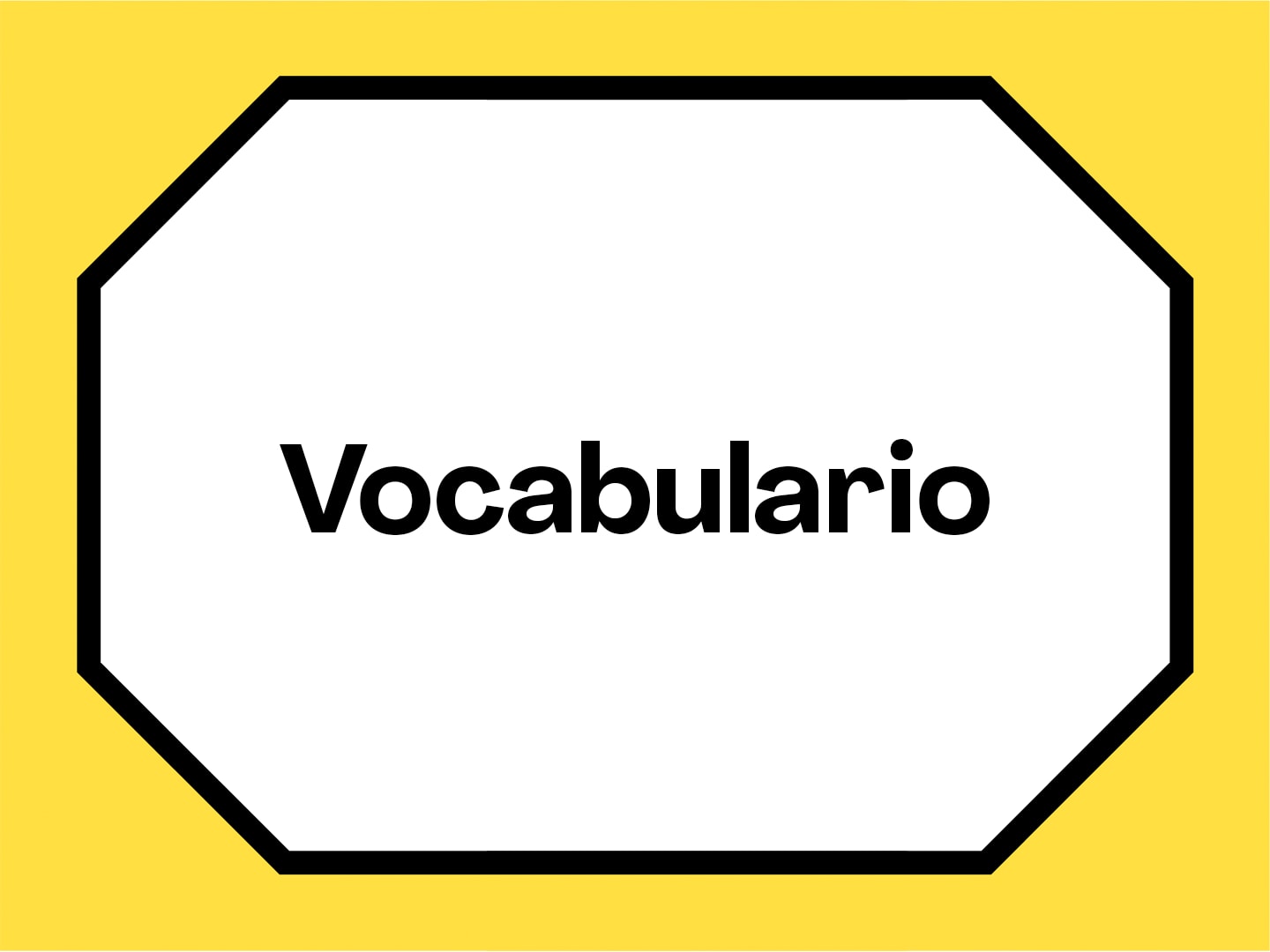
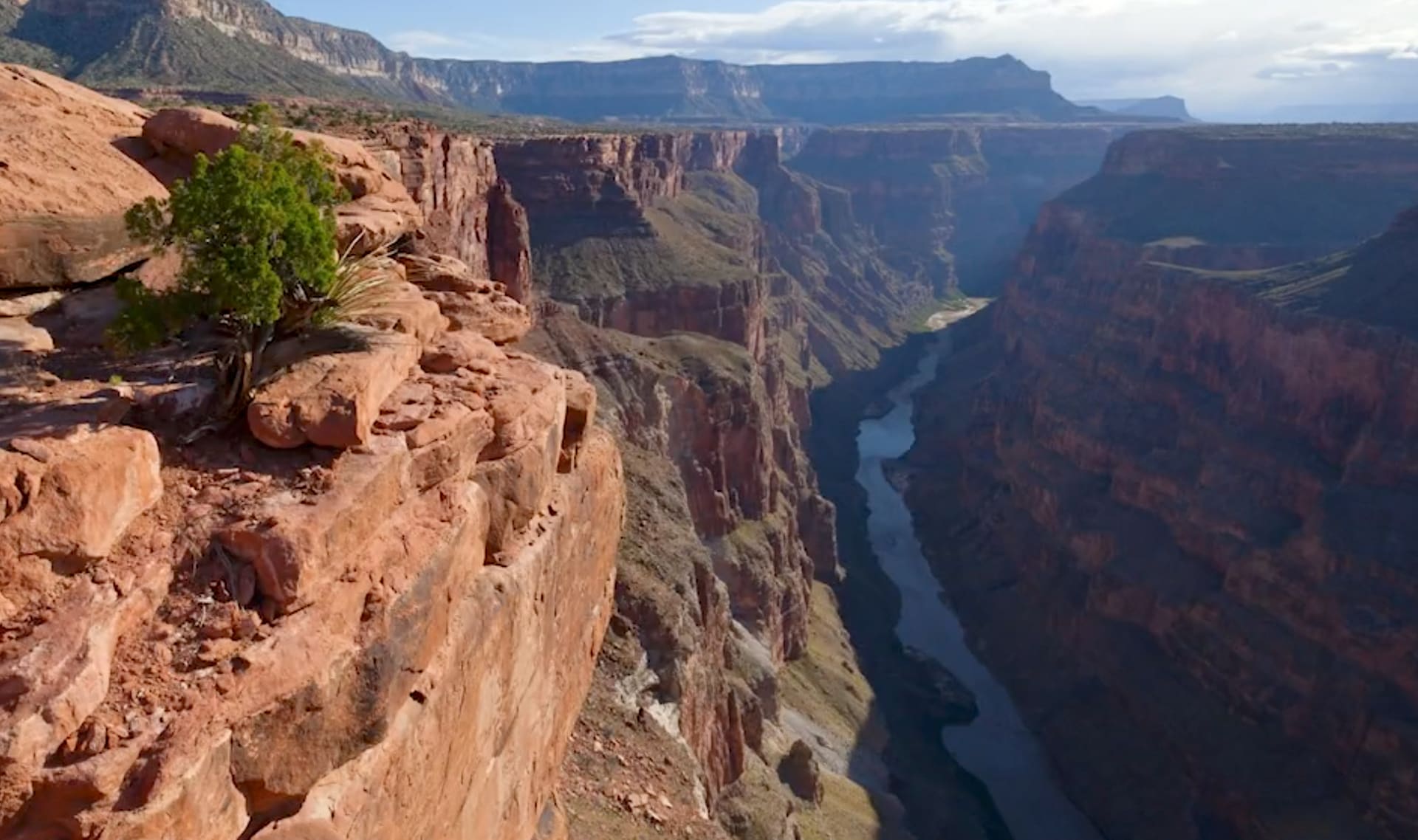
cañón
1 de 14
un valle profundo que se forma después de mucho tiempo por el movimiento del agua
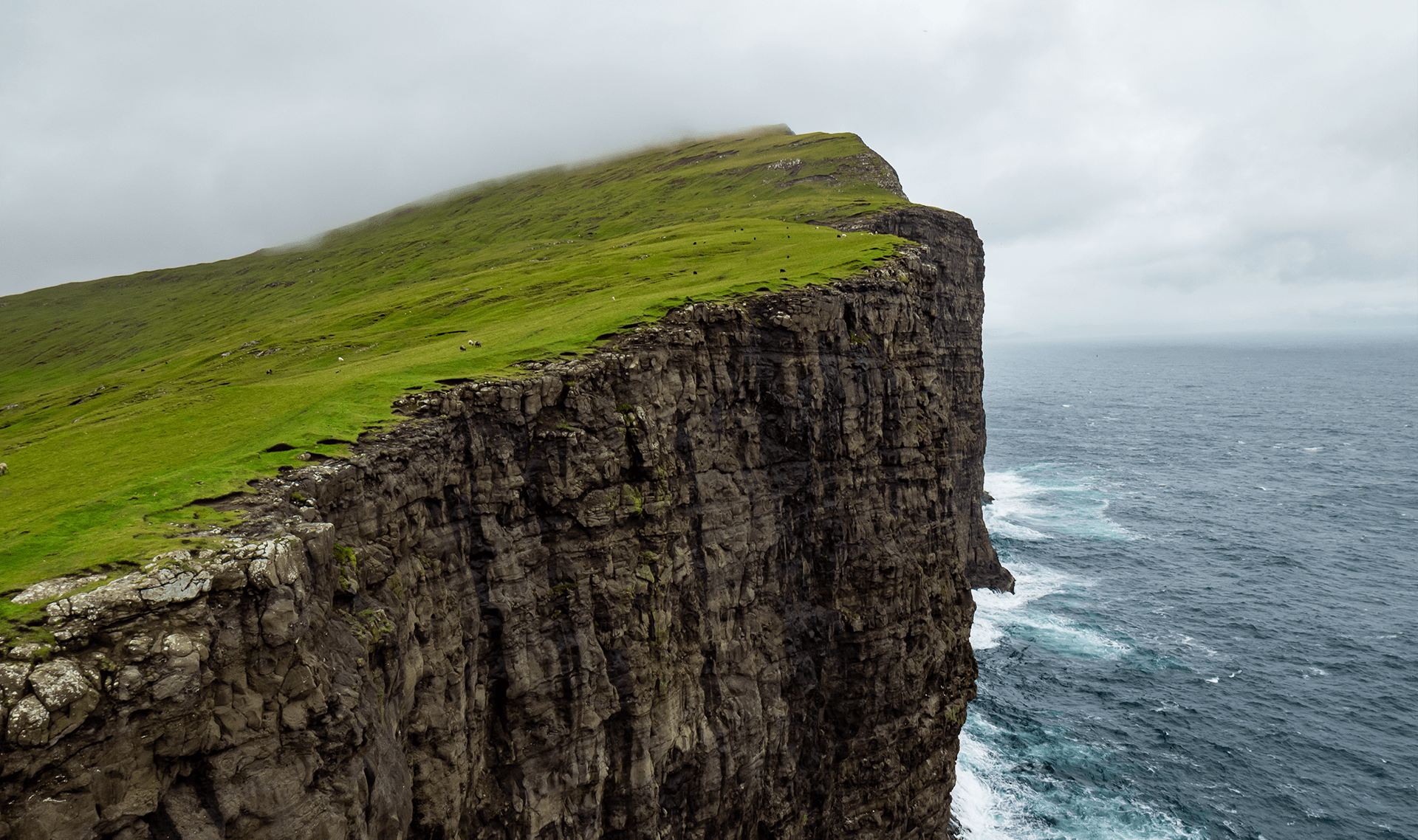
acantilado
2 de 14
una área alta de roca con un lado casi recto
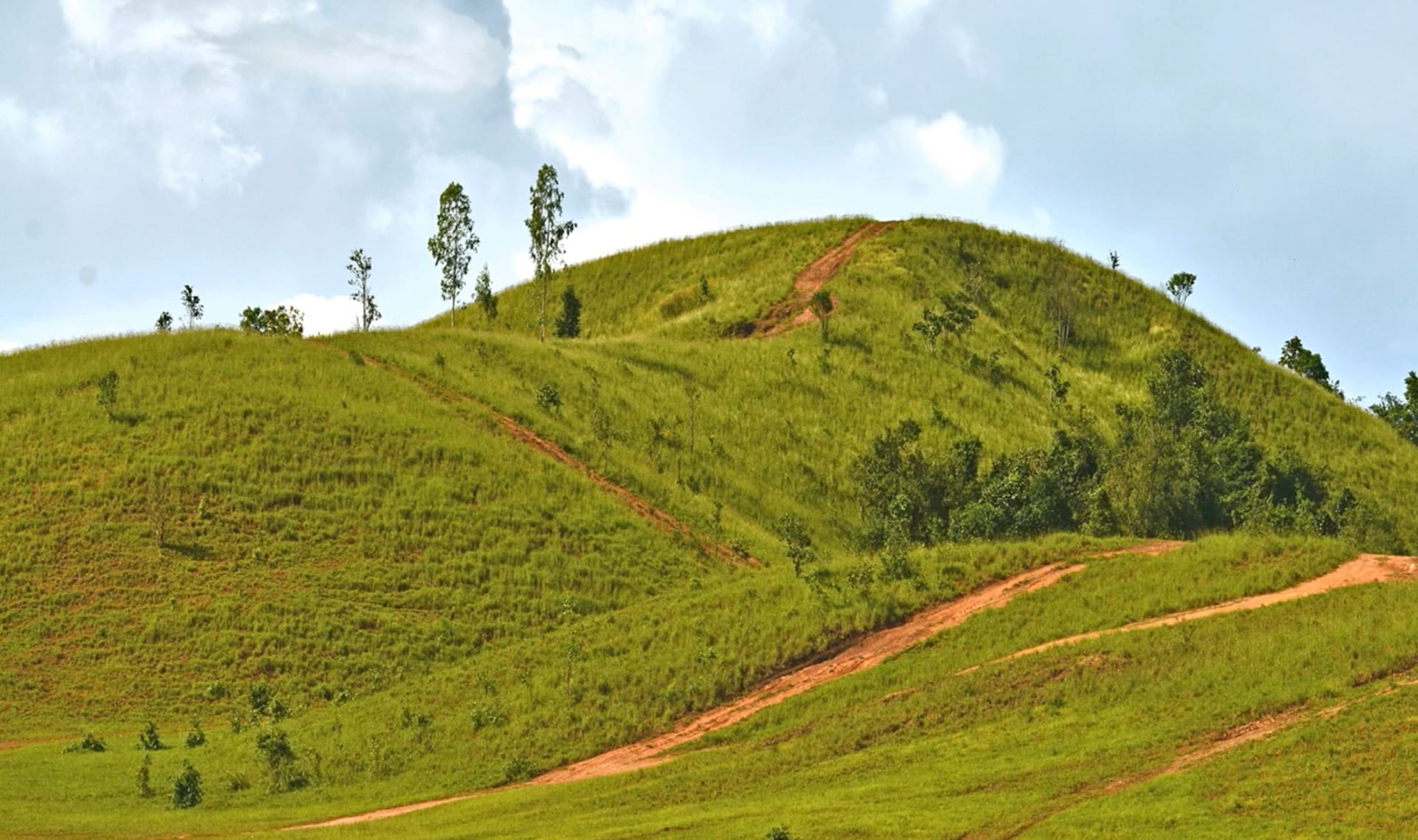
colina
3 de 14
un área elevada de tierra que es menos alta que una montaña
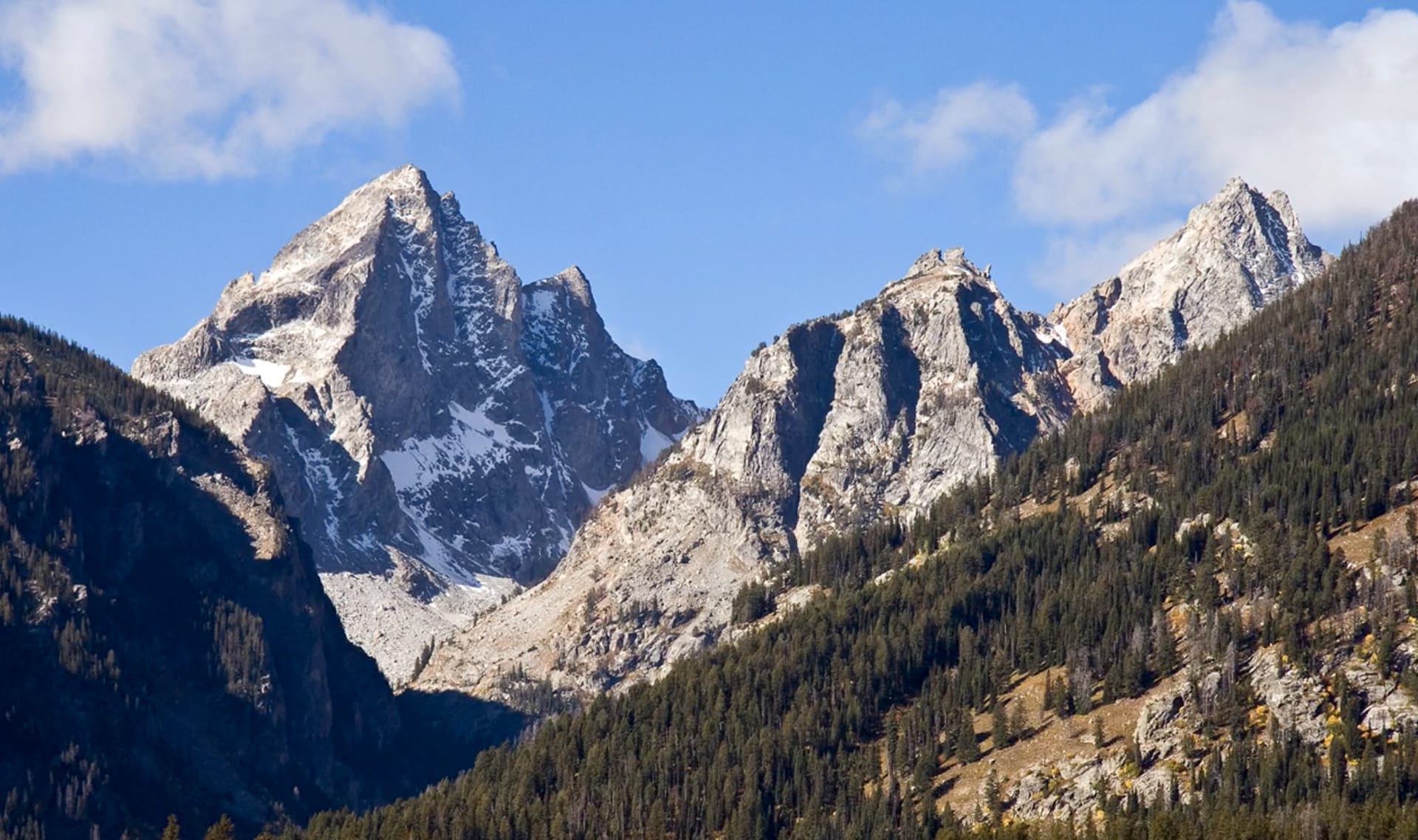
montaña
4 de 14
un área de tierra elevada con lados empinados
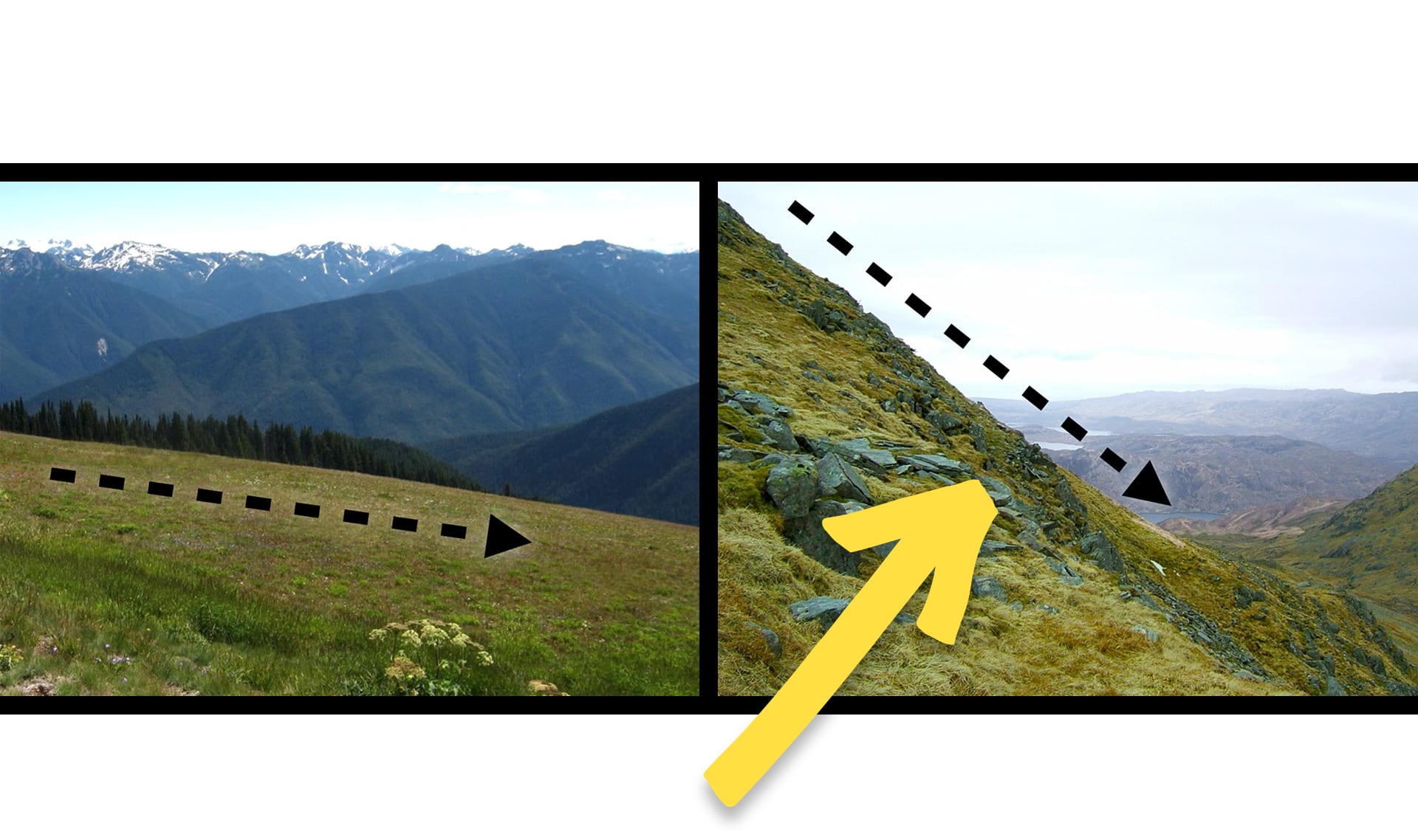
empinado
5 de 14
algo que está muy alto en un lado y muy bajo en el otro
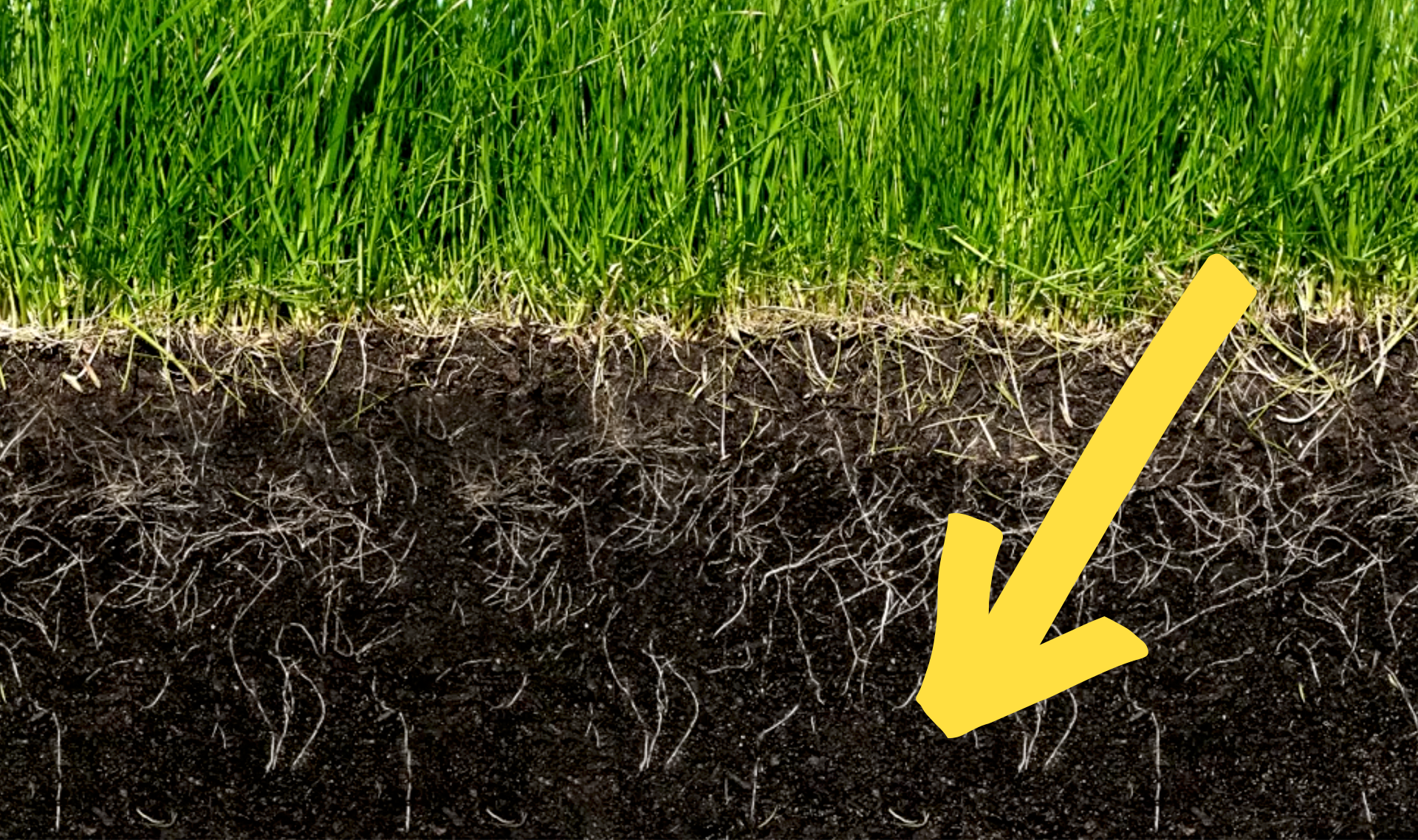
suelo
6 de 14
pedacitos de piedras y de otros materiales que cubren la superficie de la Tierra

Please wait…
This video is having trouble loading. You may have lost your Internet connection.
Step 1: Click to Reload this page
Step 2: Click to
Try our other video player
Step 3: contact support if trouble persists.
Or,
dismiss this message.
deslizamiento de tierra (o derrumbe)
7 de 14
cuando muchas rocas y tierra caen de un lugar alto

Please wait…
This video is having trouble loading. You may have lost your Internet connection.
Step 1: Click to Reload this page
Step 2: Click to
Try our other video player
Step 3: contact support if trouble persists.
Or,
dismiss this message.
erosión
8 de 14
el movimiento de pedacitos de piedra de un lugar a otro
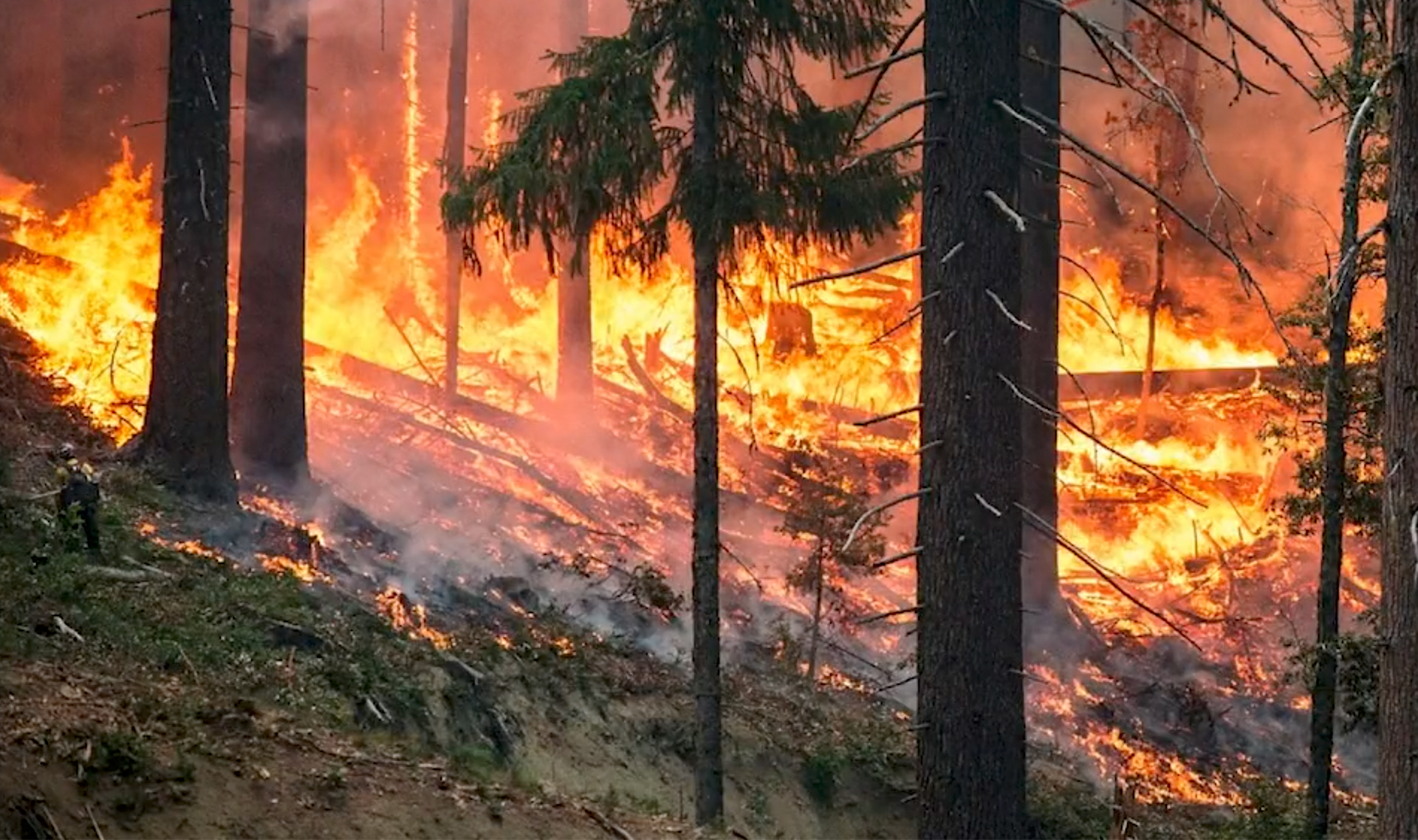
incendio forestal
9 de 14
un incendio grande que se extiende rápidamente
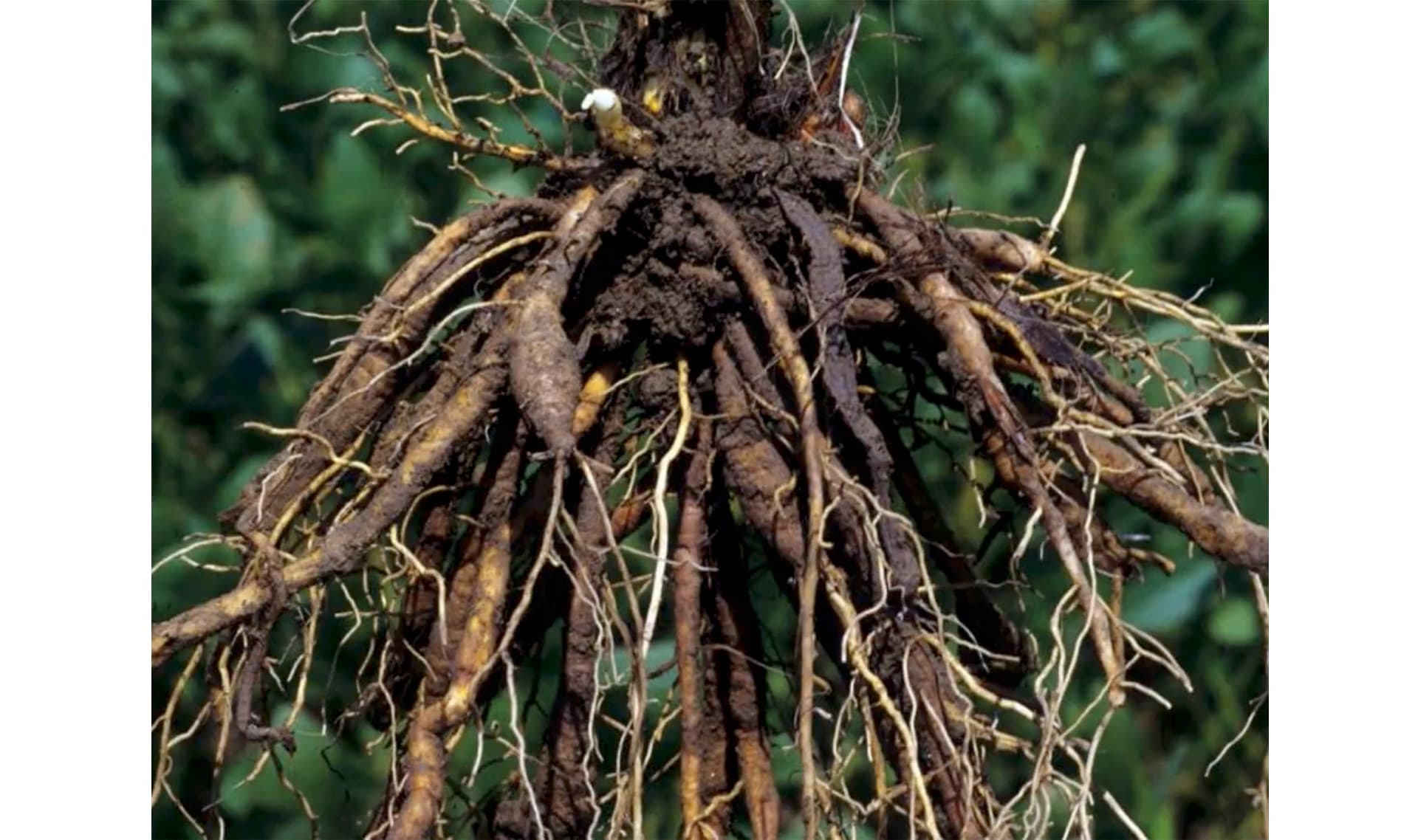
raíz
10 de 14
la parte de una planta que usualmente se encuentra bajo tierra
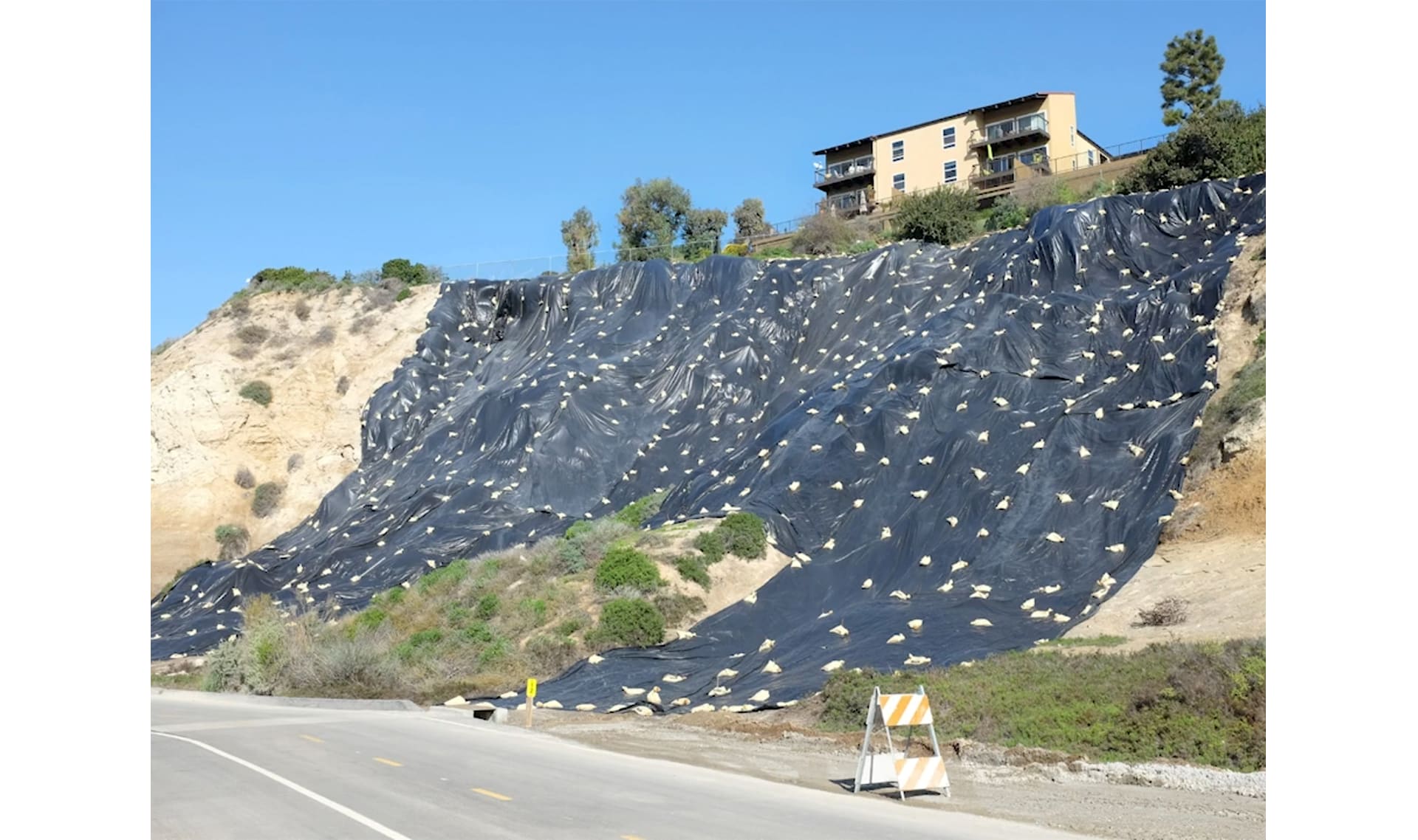
proteger
11 de 14
mantener algo o alguien a salvo
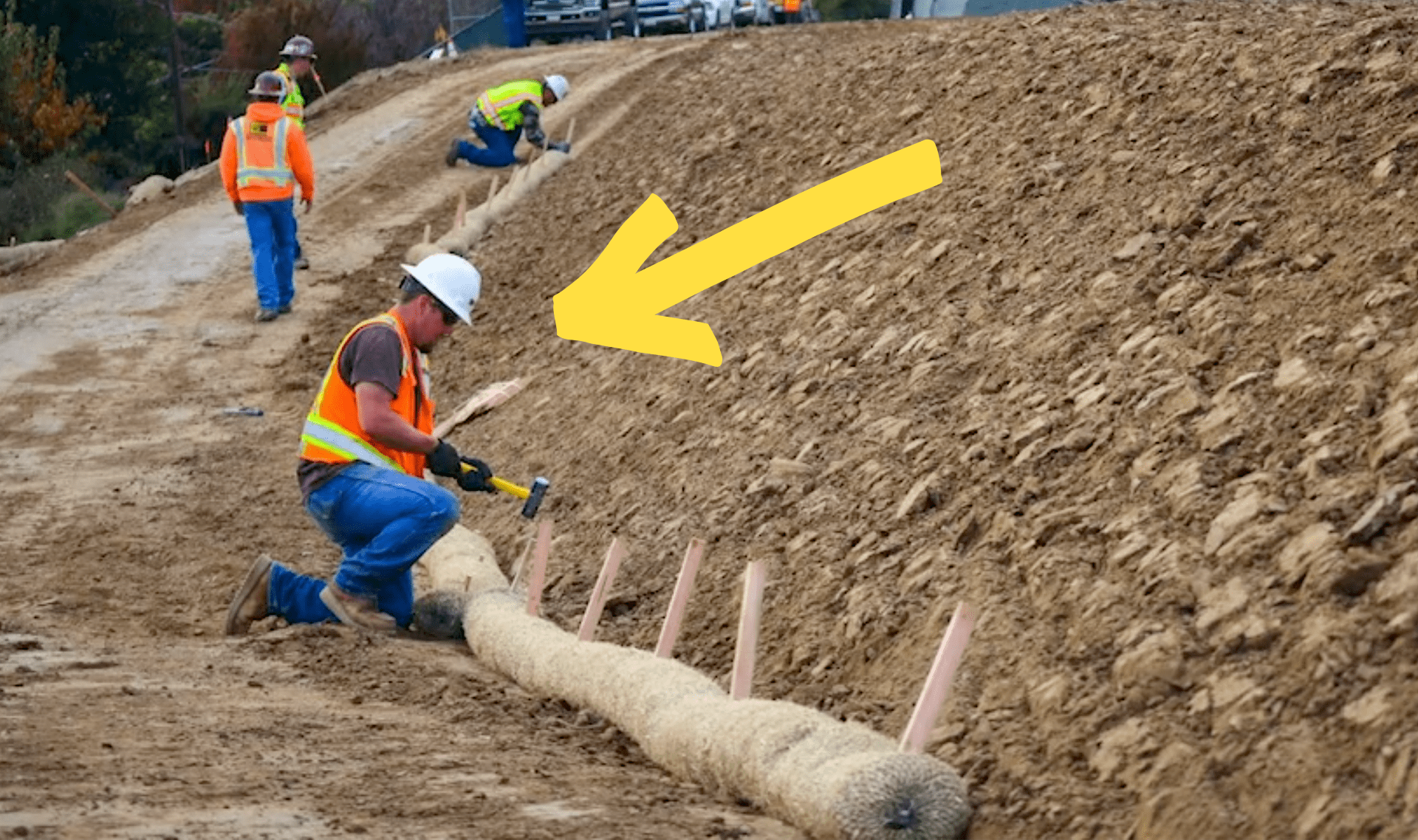
ingeniero
12 de 14
una persona que utiliza la ciencia para diseñar soluciones a ciertos problemas
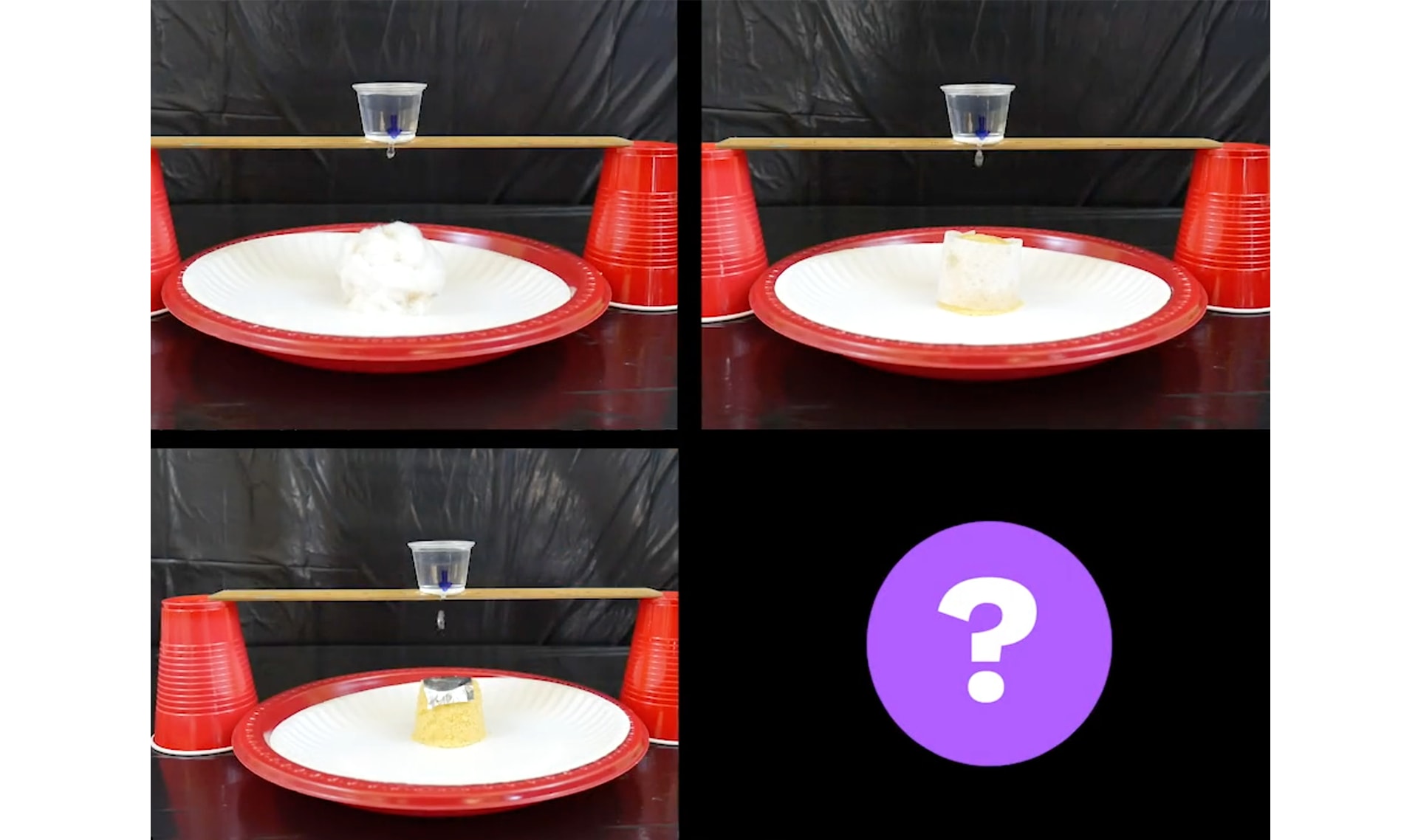
diseñar
13 de 14
hacer un plan sobre cómo crear o hacer algo
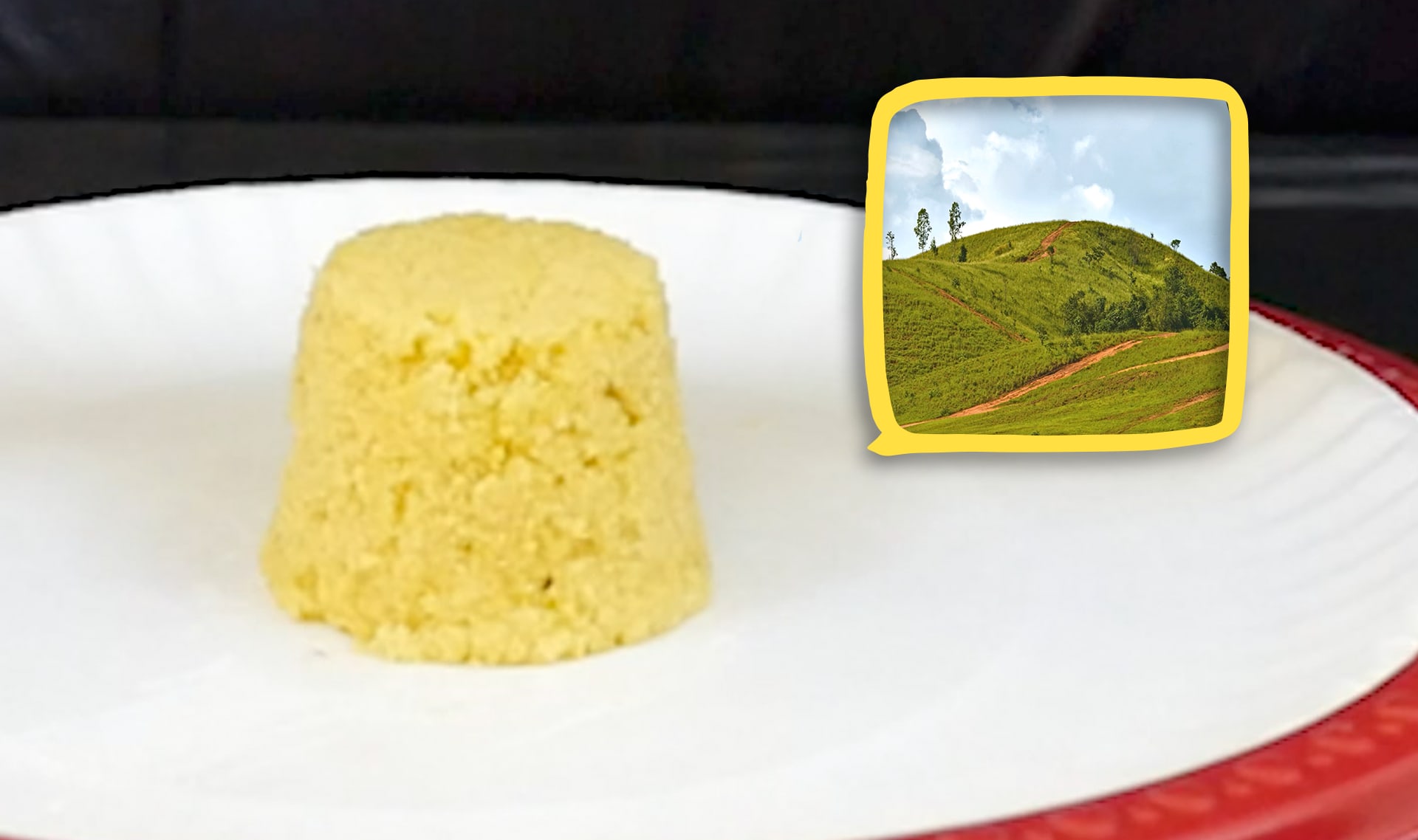
modelo
14 de 14
una versión de mentiras de algo que los científicos usan cuando la cosa de verdad es algo demasiado grande, pequeño, o complicado para poder usarlo en sus estudios
🎉
That’s it for this lesson! How did it go?
Sign up now for more great lessons!
